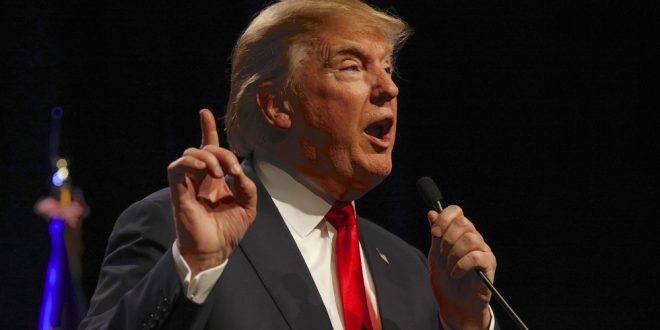In a surprising twist to the escalating tariff drama, U.S. President Donald Trump struck an optimistic chord on March 28, 2025, after what he called an “extremely productive” first phone call with Canada’s newly minted Prime Minister, Mark Carney. The conversation, detailed in a glowing post on Trump’s Truth Social network, marks a sharp departure from the recent war of words between Washington and Ottawa. With tensions simmering over Trump’s aggressive tariff policies and provocative annexation threats, this diplomatic dance could signal a thaw—or at least a pause—in the cross-border spat.
Trump, never one to shy away from bold moves, announced that he and Carney had agreed to meet shortly after Canada’s general election on April 28, a vote Carney called just two weeks after taking the reins from Trump’s longtime foe, Justin Trudeau. “We agree on many things,” Trump boasted online, hinting at a potential collaboration on “Politics, Business, and all other factors” that could benefit both nations. The upbeat tone stands in stark contrast to the chilly rhetoric of recent weeks, where trade threats and territorial taunts had dominated the headlines.
The backdrop to this unexpected harmony is anything but serene. Just days ago, Carney fired a salvo, declaring the end of the deep economic and security ties that have long defined U.S.-Canada relations. His ire was sparked by Trump’s “unjustified” decision to impose a hefty 25 percent tariff on Canadian vehicle imports, set to kick in next week. For Canada, where the auto industry props up half a million jobs, the levy looms as an economic gut punch. Carney vowed retaliation and refused to engage in serious trade talks until Trump drops his annexation fantasies—namely, his repeated claim that Canada should become America’s 51st state.
Trump’s tariff blitz doesn’t stop at Canada’s borders. He’s poised to unveil reciprocal tariffs on all imports, a move that’s rattled global markets from Europe to Asia. On Wednesday, he issued a stern warning to Canada against teaming up with the European Union to counter the measures, threatening “large scale tariffs, far larger than currently planned” if they dared. The message was clear: play by Trump’s rules, or pay a steep price.
Yet, amid the bluster, Friday’s call suggests a possible détente. For Carney, who assumed office on March 14, this was his first direct exchange with Trump—a notable delay from the tradition of new Canadian leaders prioritizing an immediate chat with their American counterpart. Whether this marks the start of a genuine rapprochement or just a brief intermission in the tariff tango remains to be seen. As the world watches, from the Middle East to the Americas, Trump’s next steps could reshape trade ties across the globe. For now, the spotlight is on April 28, when Canada’s election might set the stage for a blockbuster sequel to this high-stakes drama.

 Noor Trends News, Technical Analysis, Educational Tools and Recommendations
Noor Trends News, Technical Analysis, Educational Tools and Recommendations




